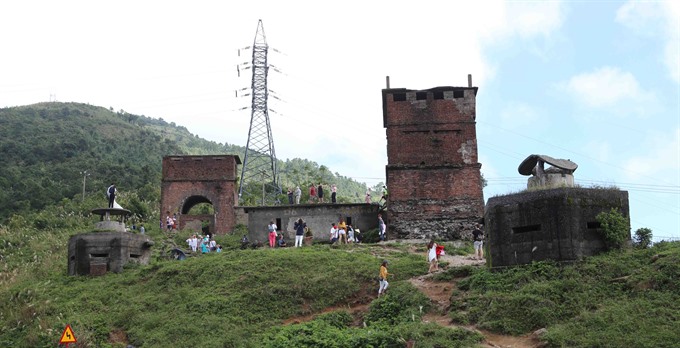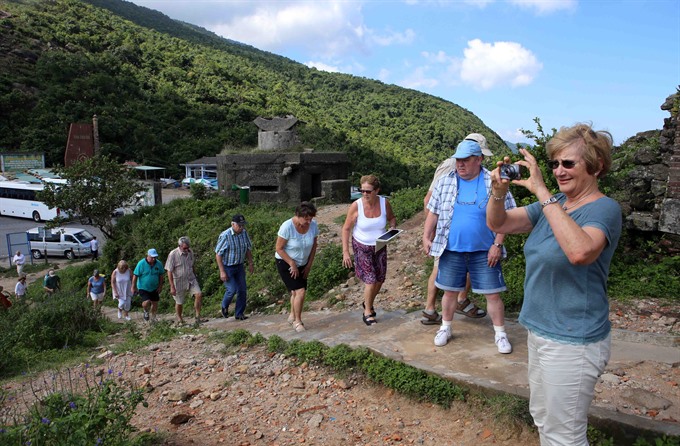 Life & Style
Life & Style

Hải Vân Gate, which sits atop its namesake mountain pass in central Việt Nam, separating Đà Nẵng City and Thừa Thiên-Huế Province, has been recognised as a national relic.
 |
| Hải Vân Quan has been recognised as a national relic. — VNA/VNS Photo Trần Lê Lâm |
HÀ NỘI — Hải Vân Gate, which sits atop its namesake mountain pass in central Việt Nam, separating Đà Nẵng City and Thừa Thiên-Huế Province, has been recognised as a national relic.
The decision was made officially by the Ministry of Culture, Sports and Tourism, Phan Thanh Hải, director of the Huế Monuments Conservation Centre, confirmed.
Located 490m above sea level, Hải Vân Gate is a relic with profound historical, architectural and artistic value, connecting Đà Nẵng’s Liên Chiểu District with Thừa Thiên-Huế’s Phú Lộc District.
The Hải Vân Pass runs some 21km on the Bạch Mã Range, which juts into the East Sea in central Việt Nam.
 |
| Foreign tourists visit Hải Vân Quan. — VNA/VNS Photo Trần Lê Lâm |
The relic complex was built in 1826 under the rule of the Nguyễn dynasty’s Emperor Minh Mạng (1791-1841), who ordered the construction of multiple defensive structures on Hải Vân Pass to protect the then-capital of imperial Việt Nam in Huế. The structures included fortifications, store houses and cannon forts.
According to historical records, after building the complex, Emperor Minh Mạng inscribed its name in Vietnamese -- “Hải Vân Quan” (Hải Vân Gate) -- on one side of the gate facing Huế Imperial Citadel, and the words “Thiên hạ đệ nhất hùng quan” (world’s most marvelous wonder) on the other side facing Đà Nẵng.
The gate had been left in serious disrepair as neither administrations of Đà Nẵng and Thừa Thiên-Huế took responsibility for its maintenance.
The Gate has grown to become a popular attraction among tourists as it offers stunning views of the surrounding water bodies and landscape. — VNS









